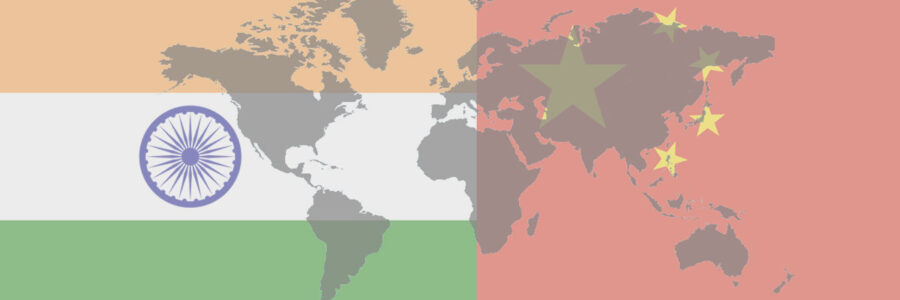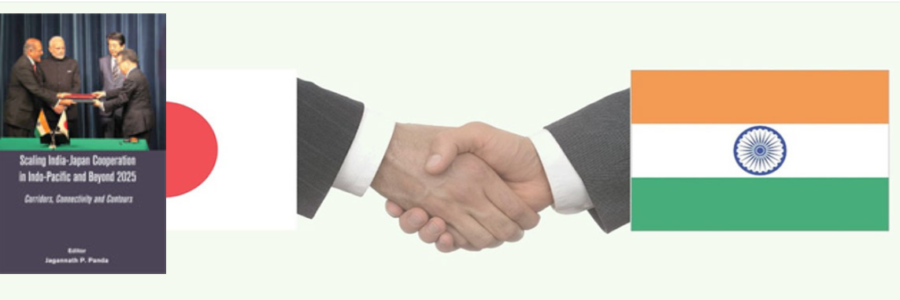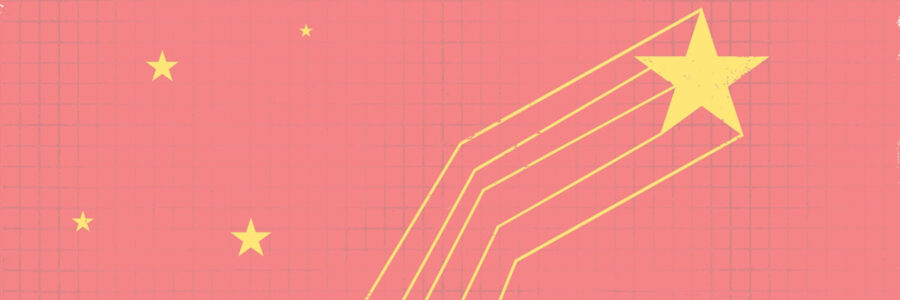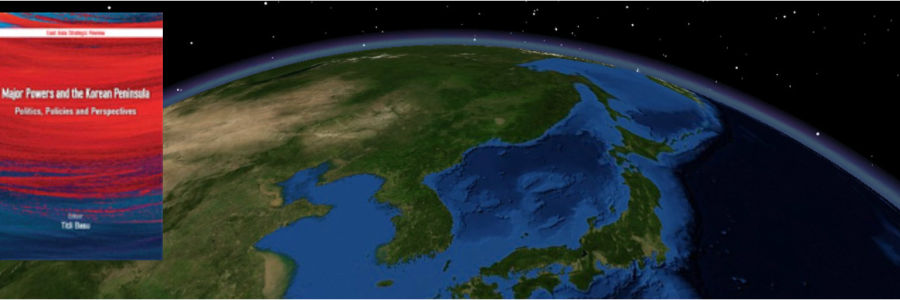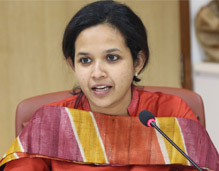China’s ‘Military Diplomacy’: Investigating PLA’s Participation in UN Peacekeeping Operations
The central focus of this article is to understand the evolution of the Chinese People's Liberation Army's engagement with UN peacekeeping operations in the light of China's military diplomacy. The article underlines that the PLA works as a foreign policy instrument in UN peacekeeping operations and furthers China's foreign policy agenda in many ways.
- Prashant Kumar Singh
- September 2011





